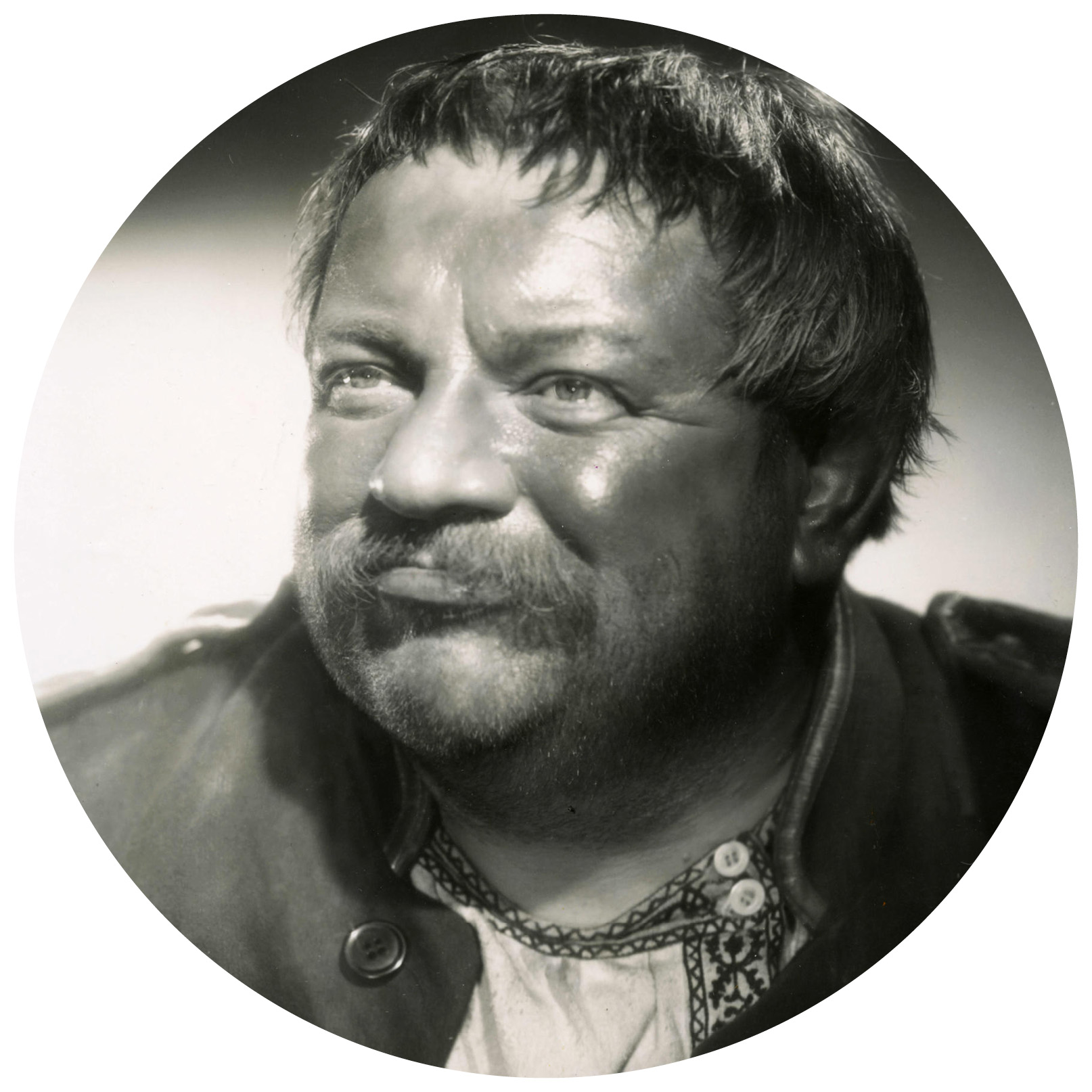
t Walter Womacka’s mural Unser Leben (Our Life) circling the Haus des Lehrers
Y2 & Alexanderplatz @ 100, 200, 248, M48 v M5, M6, M8
Despite its lack of pretty architecture, Alexanderplatz is still a bustling square well worth a visit for its shops and restaurants, and to get a taste of the dynamic side of Berlin the locals see every day.

t Walter Womacka’s mural Unser Leben (Our Life) circling the Haus des Lehrers
Experience Alexanderplatz

t The Fernsehturm is visible from almost any point in Berlin. The viewing platform is 203 m (666 ft) above the ground, offering a full view of the city
Alexanderplatz, or “Alex” as it is known locally, has a long history, although it is difficult now to find any visible traces of the past. Once called Ochsenmarkt (oxen market), it was the site of a cattle and wool market. It was later renamed after Tsar Alexander I, who visited Berlin in 1805. Houses and shops sprang up along with a market hall and train station, and by the early 20th century “Alex” had become one of the city's busiest spots. In 1929, attempts were made to develop the square, though only two office buildings were added – the Alexanderhaus and the Berolinahaus. These two, both by Peter Behrens, are still standing today. World War II erased most of the square’s older buildings and it is now surrounded by 1960s edifices, including the Park Inn and the Fernsehturm.
The Television Tower, nicknamed Telespargel (toothpick) by locals, is the city’s tallest structure, at 368 m (1,207 ft), and is one of the tallest structures in Europe. One of the attractions of the tower is the revolving restaurant: a full rotation takes about half an hour, so it is possible to get a bird’s-eye view of the whole city while sipping a cup of coffee. On a clear day visibility can reach up to 40 km (25 miles).
The plan to breathe some contemporary life into Alexanderplatz goes back to 1993. A mix of factors has consistently thwarted those plans – as has the city’s decision to protect some of the Soviet-style buildings as heritage-status structures. However, the Senate has given preliminary approval for three proposed buildings by prominent city architect Hans Kollhoff. Whether these plans become reality is yet to be seen, but it’s the furthest the ideas have got in a quarter of a century.
Experience Alexanderplatz
Highlights |

1928Alfred Döblin’s novel Berlin Alexanderplatz, set in working-class neighbourhoods near Alex during the 1920s, describes the trials and tribulations of petty criminal protagonist Franz Biberkopf. |

1931Döblin himself worked on Piel Jutzi’s film adaptation of his book, starring Heinrich George, Maria Bard and Margarete Schlegel, among others. |

1939Richard Schneider-Edenkoben’s Silvesternacht am Alexanderplatz (New Year’s Eve on Alexanderplatz) is considered one of the better films from the Third Reich. |
1967The light-hearted Ein Lord am Alexanderplatz (A Lord of Alexanderplatz) depicts the square during its East German years. |

1980Director Rainer Werner Fassbinder’s 15-½-hour television adaptation of Berlin Alexanderplatz flopped upon release, but is now considered his magnum opus. |

2001Die Liebenden vom Alexanderplatz (The Lovers from Alexanderplatz) by Detlef Rönfeldt involves a woman fleeing to New York during war time and returning after the war. |

2004The Bourne Supremacy, shot extensively in Berlin, features a scene where Bourne meets agent Nicky Parsons at Alex’s World Clock. |
2015Ernst Haffner’s 1932 “long-lost” novel Blood Brothers, republished in 2015, depicts the illicit underworld of late-Weimar Berlin, with much of the action taking place on and around Alexanderplatz. |